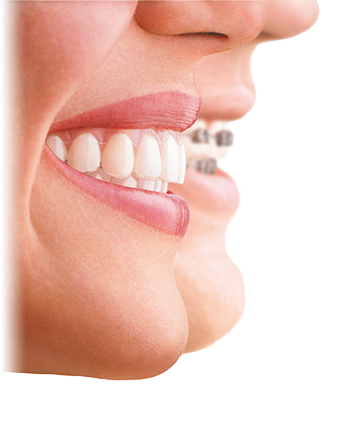 If you’ve chipped your tooth or you have a decayed tooth, an onlay may be the best option to restore your tooth’s function and enhance the look of the tooth. Onlays are often considered as a mid-point between a filling and a crown.
If you’ve chipped your tooth or you have a decayed tooth, an onlay may be the best option to restore your tooth’s function and enhance the look of the tooth. Onlays are often considered as a mid-point between a filling and a crown.
A guide to onlays
Onlays are a type of restoration, which are used when decay is too extensive or widespread for a filling, but the structure of the tooth is still strong. In cases where the structure has been weakened, a crown will usually be recommended. Onlays are similar to inlays and they are usually used for treating the back teeth. Inlays are placed inside the teeth to fill gaps, while onlays sit on top of the tooth.
The procedure to place an inlay or onlay is generally considered to be more straightforward than that of a crown; however, in same cases, there can be added complexity if there is an old filling, for example.
What does treatment involve?
Before an onlay is fitted, the tooth is cleaned thoroughly and any decayed tissue is removed. The tooth is then prepared and an impression is created; this will be used as the mould for the new onlay to ensure that it fits the space perfectly. Once the onlay is ready, it can then be fitted. The procedure to fit the onlay is not painful and it does not take long.
What are the advantages of onlays?
Onlays can be made from various different materials, including tooth-coloured ceramics, to produce a really natural finish and they can have a really positive impact on the aesthetic of the tooth, especially when they are used to replace old metal amalgam fillings. They are also durable and very hard-wearing and can sometimes last up to 30 years. The procedure is fairly quick and you shouldn’t feel any pain and the results are great.
Tags: cracked teeth, Less damage, Porcelain Onlays for Leeds, Tooth Coloured Ceramics







